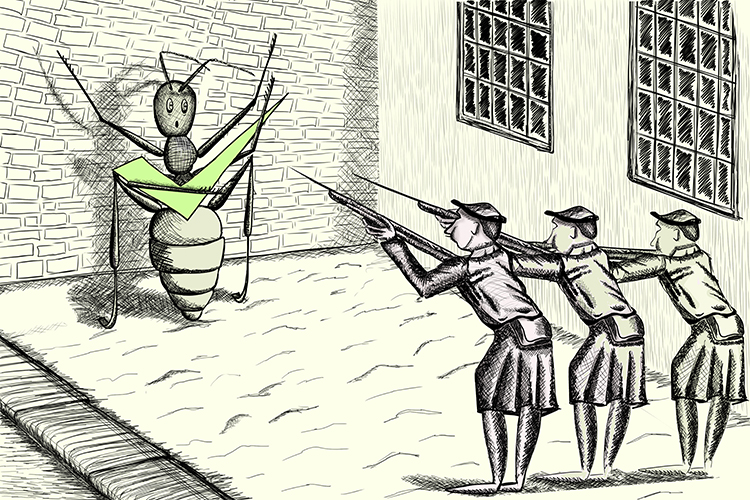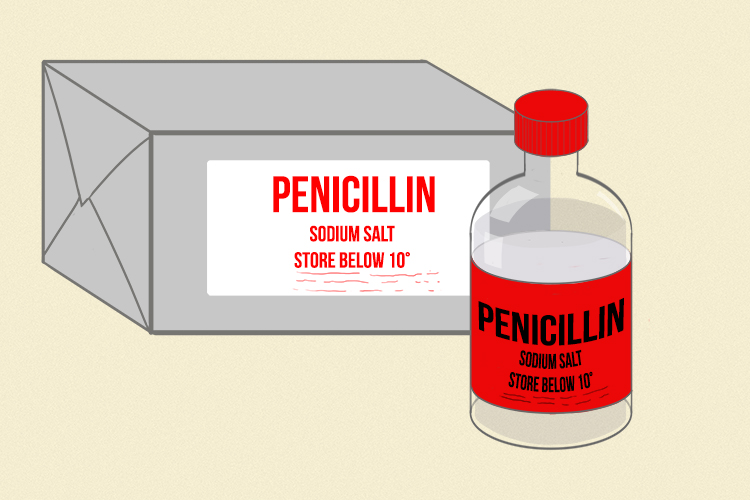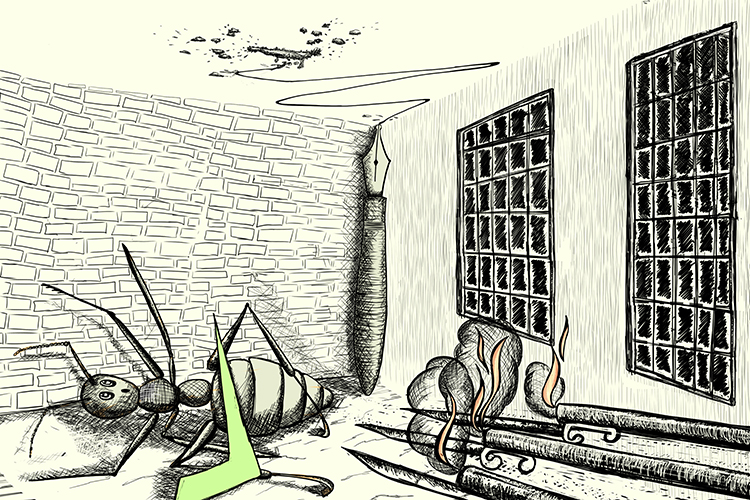Antibiotic – drug that kills bacteria
An antibiotic is a drug that kills or prevents the growth of bacteria.

The ant bought her tick (antibiotic) and stood with her back (bacteria) to the wall before being killed by the firing squad.
Examples

Penicillin was the first antibiotic to be discovered. It was discovered by Alexander Fleming in 1928, and was first used to treat infections in 1942. Penicillin is used to treat bacterial infections caused by staphylococci and streptococci.

As the ant with her bought tick (antibiotic) lay dying on the floor, a lick of flame (Alexander Fleming) puffed from the gun barrels and she could see a pen ink mark on the ceiling (penicillin).
Antibiotic resistance – drug immunity
An organism such as bacteria which has evolved over several generations so it can no longer be killed with antibiotics.
As you now know what an antibiotic is, it is logical that antibiotic resistance is a bacteria that can resist an antibiotic.
Examples

MRSA stands for Methicillin-resistant Staphylococcus aureus and is a bacteria that has evolved resistance to Methicillin-based drugs. This means the Methicillin drugs that would normally be used to treat infections of this type will not kill it, and has led to MRSA being called a super-bug.
Antibiotic resistance is becoming a growing problem in medicine. More and more bacteria are becoming resistant to the drugs we have used to fight them over the last 60-70 years. Along with MRSA, gonorrhoea and syphilis are now resistant to most of the drugs used to treat them. This has led to an increase in the infection rate of such STIs (sexually transmitted infections).




